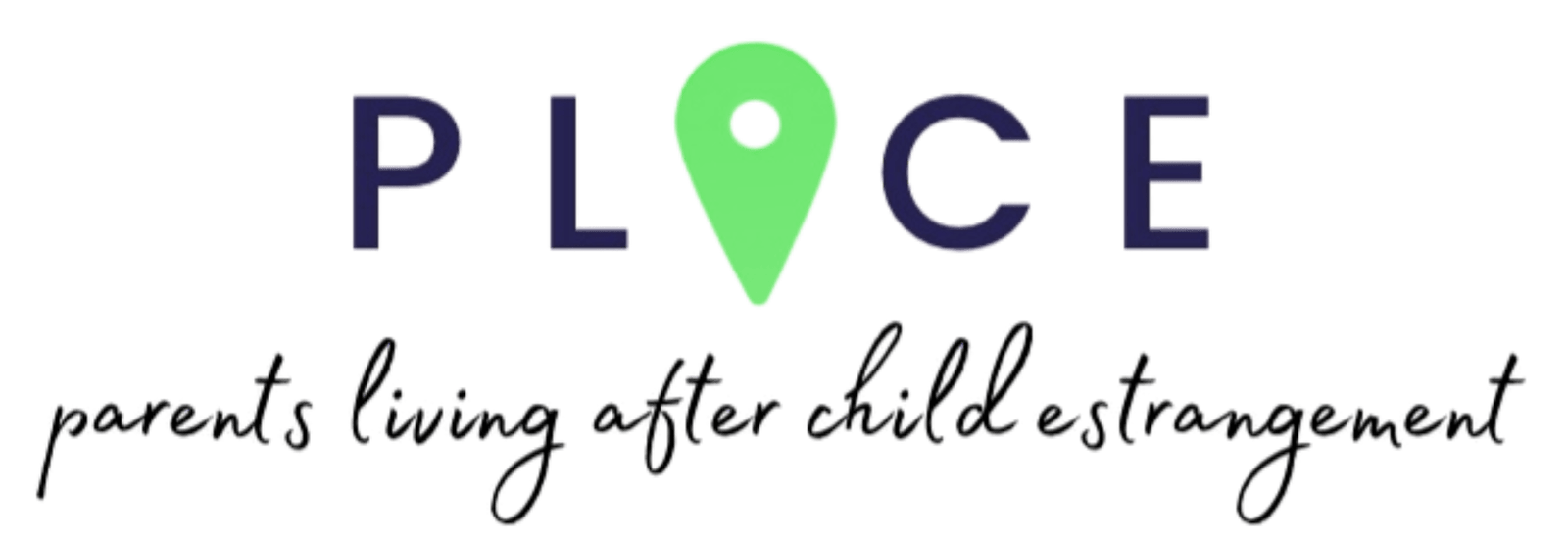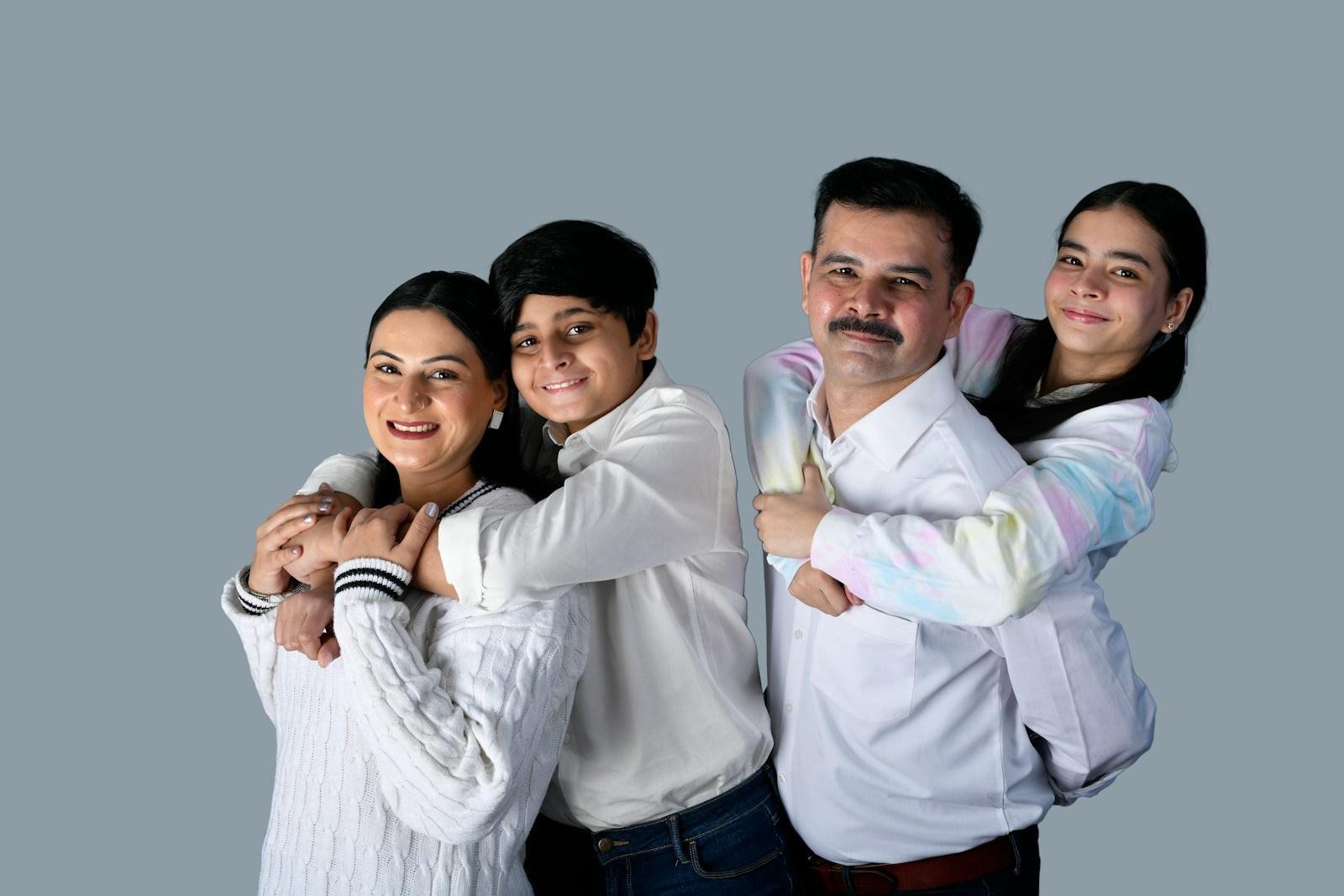By Brian Briscoe, LPC, LMFT
Founder of PLACE — Parents Living After Child Estrangement
There are few emotional wounds deeper than being cut off by someone you love—especially when it’s your own child.
If you’re here reading this, you might be wondering:
Is there a way back? Could therapy help us reconnect?
It’s a brave question. And the short answer is: Maybe. But not always in the way you expect.
As a licensed therapist who works extensively with parents estranged from their adult children, I’ve seen firsthand what family counseling can offer. Sometimes it builds a bridge. Sometimes it offers peace even without reconciliation.
Let’s explore what family counseling for estrangement is, when it helps, what it can’t do, and how to get started.
What Is Family Estrangement, Really?
Estrangement isn’t just about lack of contact. It’s often layered with:
- Unresolved conflict
- Generational trauma
- Communication breakdowns
- Unspoken expectations
- Grief and loss
Sometimes, estrangement is clear: one party stops speaking to another. Other times, it’s more subtle—strained conversations, emotional distance, or feeling like you’re walking on eggshells.
In every case, estrangement involves a rupture in connection—and that rupture hurts.
Can Family Counseling Really Help With Estrangement?
It can. But it’s not a magic fix.
Family counseling creates a structured, neutral space where people can:
- Understand each other’s perspectives
- Express painful emotions safely
- Learn communication tools
- Identify unhealthy patterns
- Set new, healthy boundaries
At its best, therapy can rebuild trust, heal old wounds, and reestablish connection. But even when reconciliation isn’t possible, counseling can still help each person heal individually and move forward with less guilt, shame, or confusion.
What Family Counseling Is (and Isn’t)
Let’s be clear:
| Family Counseling IS | Family Counseling ISN’T |
| A chance to explore your own feelings | A guarantee of reunion |
| A safe place to practice healthy communication | A place to “convince” someone to come back |
| An opportunity to understand each other better | A courtroom for blame or “truth telling” |
| A tool for healing (with or without reconnection) | A quick fix |
In short: family counseling is about healing—not forcing outcomes.
When Family Therapy Might Be a Good Idea
Here are a few scenarios where counseling has helped families I’ve worked with:
✅ There’s Some Willingness to Try
Maybe your adult child has agreed to speak with a therapist. Even if it’s just once, that’s a start.
✅ There’s Still Some Contact
If communication still exists—even if minimal or strained—it can be a foundation for therapeutic work.
✅ You Want to Heal, Not Just “Fix”
Counseling is most successful when the focus is on understanding and growth, not just getting them to talk to you again.
When Family Therapy May NOT Be the Right Move
Honesty time: sometimes, therapy isn’t appropriate. Here’s when:
❌ The Other Person Refuses All Contact
Therapy requires consent. If your child or relative doesn’t want to engage, you can still do your own healing work through individual therapy.
❌ There’s Abuse, Manipulation, or Coercion
If any party has experienced serious harm, therapy must be trauma-informed and handled very carefully—sometimes separately or not at all.
❌ You Want “Closure” More Than Connection
Wanting closure is valid. But counseling doesn’t always offer neat conclusions. Healing is often messy, nonlinear, and open-ended.
What Happens in Family Counseling for Estrangement?
1. Intake & Assessment
Each party might have an individual session first. The therapist gathers history, goals, and emotional readiness for the work ahead.
2. Setting Ground Rules
We establish agreements like:
- No yelling, blaming, or interrupting
- Everyone gets equal time
- We speak from our own experience
- The goal is clarity, not victory
3. Exploring the Estrangement
We might unpack:
- What happened from each perspective
- What emotions are still present
- What repair (if any) is desired
4. Practicing New Skills
This includes:
- Reflective listening
- Boundary setting
- Emotional regulation
- Assertive communication (without aggression)
5. Finding the Way Forward
Not every session ends in a warm hug or heartfelt apology. But ideally, we leave with:
- A better understanding of each other
- Clarity around boundaries and expectations
- A plan—whether for reconnection, distance, or individual healing
Therapy Isn’t Always Joint—And That’s Okay
At PLACE, many of my clients begin with individual counseling. You don’t need your adult child or family member to participate in order to benefit from therapy.
In fact, doing your own healing first can set the stage for a healthier relationship—if and when the opportunity for reconnection arises.
You might also explore support groups with other parents walking a similar path.
Healing Without Reconciliation
Let’s be honest again: not every relationship gets repaired.
But that doesn’t mean you can’t heal.
Counseling can help you:
- Release blame and shame
- Grieve the relationship that was (or wasn’t)
- Understand your own values and needs
- Rebuild your sense of identity
- Learn how to live with the uncertainty
Healing isn’t about forgetting. It’s about growing forward, even with the pain.
What About Reunification Therapy?
You might’ve heard of this term, especially in family court settings.
Reunification therapy is a specific form of therapy often used when children have been separated from a parent due to divorce, alienation, or trauma. It’s structured and sometimes court-mandated.
While I’m not a reunification therapist in the legal sense, I do offer therapeutic guidance for families trying to reconnect voluntarily after estrangement. If that’s your situation, let’s talk.
How to Talk to Your Adult Child About Family Therapy
If you’re hoping to invite your child into counseling, here’s how to approach it:
✅ Use “I” language:
“I’ve been thinking about how we could understand each other better. I’d be willing to try counseling if you ever felt ready.”
✅ Don’t pressure:
“I respect your boundaries and I know you may not want to talk right now.”
✅ Leave the door open:
“Whenever you feel ready, I’ll be here.”
✅ Avoid making it about blame or fixing them:
“I want to grow. I’m working on my part.”
Next Steps: What You Can Do Today
Whether or not your family member is open to counseling, here’s how you can move forward:
- ✅ Schedule a free 15-minute consultation with me
- ✅ Join a support group
- ✅ Explore therapy modalities like CBT, Mindfulness-Based Therapy, or Narrative Therapy
- ✅ Read my book on living after child estrangement
- ✅ Visit the blog for more stories and resources
Final Thoughts: You’re Still a Parent. You Still Matter.
Estrangement doesn’t erase your love, your worth, or your role. It may change the relationship—but it doesn’t have to destroy you.
Whether your family reconnects, remains distant, or walks a different path altogether—you deserve peace, clarity, and support.
That’s what I offer at PLACE: real talk, deep care, and a safe space to heal.
If you’re ready, reach out here. You don’t have to go through this alone.








